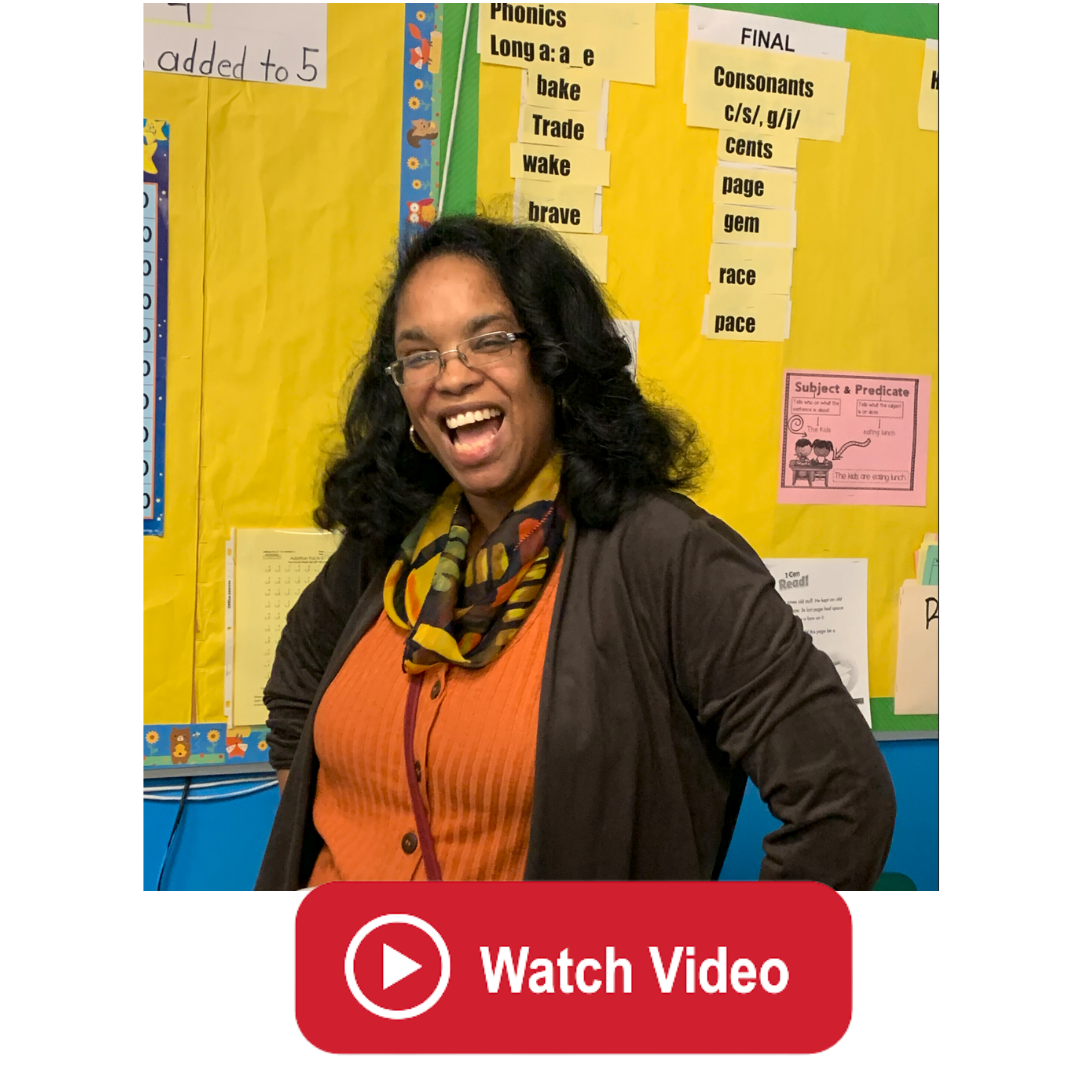7 Teacher-Created Review Games That Improve Learning in Elementary Classrooms
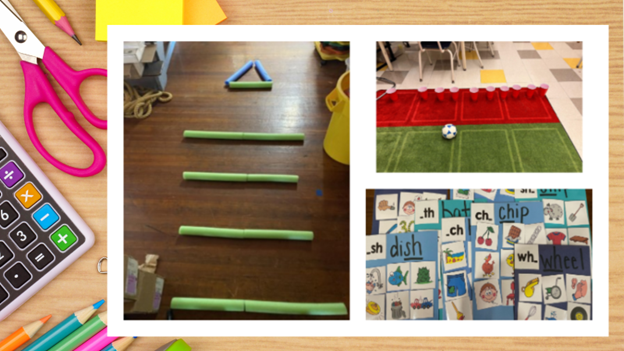
Let's face it; everyone loves to win. Everyone also enjoys fun. So why not introduce those two elements into the classroom experience with games? The magic of games in learning comes from their ability to engage, challenge, and reinforce previously taught skills and content. For this reason, they cannot be dismissed as time-wasting diversions from precious learning time. Games are not just about fun; they help teachers build connections between the rigors of learning and the satisfaction of achievement, while also reducing forgetting.
Teachers put countless hours into preparing classroom lessons and teaching new concepts. So how is it that weeks later, student assessment results demonstrate little evidence that anything has been taught? That's because students forget. For students to excel on assessments weeks or months after a related lesson has been taught, it's important that teachers shift from short-term memory tactics and find ways to make what they teach stick. In addition to preparing well-planned engaging lessons, teachers must also consistently invest time into strengthening students’ information recall ability. Games can help with this.
With gamified learning, teachers revisit key concepts with students in a fun and interactive way, and tap into students’ memory banks. A recent cohort of Rutgers Alternate Route teachers designed low-tech classroom games aimed at stimulating student memory retention. These games use exciting and entertaining review formats to encourage information recall. Free for all to access, these games come with instructions and images for easy adaptation for all subjects and grade levels.
Read on below to browse each teacher-designed game and access instructions.
Food Pyramid Review Game (Grades K-2)
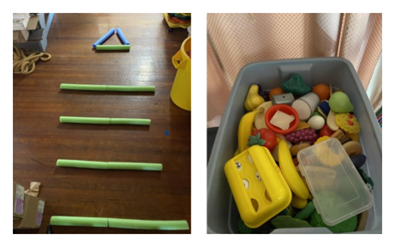
Eating a balanced diet is essential for maintaining good health. However, teaching children about nutrition and healthy eating habits can be challenging. That's where the Food Pyramid Game created by Michael Fusciello comes in. This game aims to help K-5 elementary students understand, remember, and explain the components of the food pyramid, identify foods for each section, and learn the concept of healthy eating.
Game Objective & Instructions
The game's objective is for students to successfully explain the components of the food pyramid, describe each section, and correctly place the corresponding food items with 85% accuracy. The game promotes wellness and healthy eating habits by teaching students about nutritious food choices.
To play the game, the class is divided into two even teams. A giant "food pyramid" is placed in the center of the classroom, and a bin with toy food items is placed in the front of the room. Each team sends one representative to grab a toy food item and correctly place it in the corresponding section of the pyramid within 5 seconds. Correct placements earn 1 point, while incorrect orders earn no points. Students take turns putting food items on the pyramid until the game ends. The team with the most points at the end of the game receives five extra points on their food pyramid quiz.
The Food Pyramid Game provides an enjoyable and interactive way for students to learn about nutritious foods and their proper placement on the pyramid. It is an excellent tool for teachers to incorporate nutrition education into lesson plans.
Diagraph Review Game (Grades K-5)
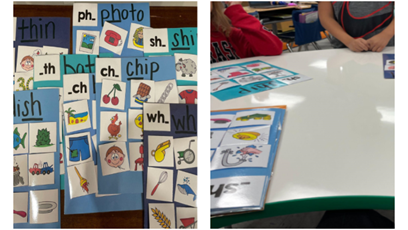
Learning phonics is essential to early literacy development. One of the most challenging aspects of pronunciation is identifying and associating digraphs with their corresponding sounds. To help students practice and reinforce their phonics skills, teachers can use the Diagraph Review Game created by Amanda Gamberg. This game focuses on identifying initial and final /sh/, /th/, /ch/, and /wh/ digraphs and associating them correctly with the corresponding sounds.
Game Objective & Instructions
The game's objective is for students to demonstrate their ability to identify and associate the four given digraphs with their corresponding sounds. The game provides an interactive and engaging way for students to practice and reinforce their phonics skills. The game is designed for students who have previously learned the digraphs /sh/, /th/, /ch/, and /wh/ and can identify and associate them with their respective sounds.
Two students are given two digraph boards and cards to play the game. All cards are turned face down. The students take turns flipping over two cards and trying to make digraph matches. For example, if they flip over cards with the words "cheese" and "chick," both of which have the /ch/ digraph, they can add those cards to their board. The teacher uses this game as an informal assessment to evaluate the student's knowledge of digraphs. By correctly observing the students' ability to match the digraphs and sounds, the teacher can gauge their understanding of initial and final /sh/, /th/, /ch/, and /wh/ digraphs.
The Diagraph Review Game is an excellent way for students to practice and reinforce their phonics skills. Teachers can use this game as an informal assessment to evaluate the student's knowledge of digraphs.
Bowling for Sight Words (Grades K-5)
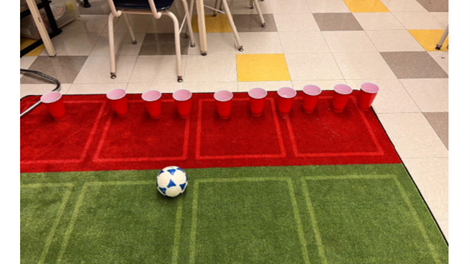
Bowling for Sight Words, a captivating and innovative educational game conceived by the creative mind of Rhonda Nonnemacher. This engaging learning experience combines the excitement of bowling with acquiring important sight words recognition. Rhonda's game not only promotes an active and dynamic approach to learning; it also facilitates competition and collaboration among players. As students engage in friendly matches, they reinforce their familiarity with sight words and digraphs, further solidifying their reading skills.
Game Objective & Instructions
The objective of Bowling For Sight Words is to knock down heavy duty diposable cups filled with sight words or digraphs and read the words inside. The game helps reinforce previously learned skills, such as identifying and reading sight words and digraphs, improving reading fluency, and building confidence. Repeating words helps students better retain them, and struggling students get extra practice. Note that writing may be added in the future, but for now, identifying and reading words is suitable.
The materials you will need are: 10-12 heavy duty diposable cups, 1 foam soccer ball, printouts of sight words or digraphs per cup, and a classroom rug. Here's how to play: Set up the cups on a carpet, with one sight word or digraph per cup. Have students take turns gently rolling the soccer ball from the designated line. If a cup is knocked down, the student reads the words inside to keep it.If a cup is not knocked down, the student tries again on their next turn. The player with the most cups at the end wins. End the game by saying "good game" to each other. Try these variations: Use different sets of sight words or digraphs for each game to keep things fresh. Increase the difficulty by having students spell the words they knock down. Have students work in teams to knock down cups and read the words together.
Bowling For Sight Words is a fun and effective way to reinforce reading skills with your students. It's easy to set up and can be adapted to suit different age groups and skill levels. Give it a try and see how much your students enjoy it!
I Have Who Has?
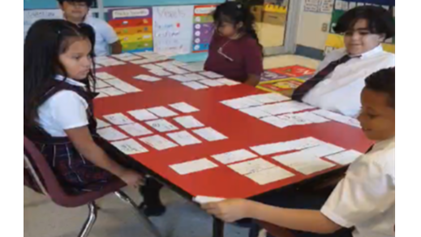
If you're looking for a fun way to help your second-grade students review sight words, look no further than "I Have Who Has?" created by Suzana Yuzekchieva. This teacher-developed review game is perfect for reinforcing previously learned skills such as sight words, color words, number words, listening, speaking, spelling practice, and cooperation. Plus, it provides a fun way for students to recognize and read grade-appropriate irregularly spelled words.
Game Objective & Instructions
The game can be played by the whole class, and the number of players may vary. Here are the instructions. Each student is given a set of cards with sight words. The game starts with a student reading a card aloud and spelling the sight word. Other players check their cards to see if they have the sight word being read. The player with the matching word reads their card and continues the game by reading the next sight word. The game proceeds until the last card is read, and the student with that card wins.
"I Have Who Has?" is a fun and engaging way to help your second-grade students review sight words. Give it a try and see how your students respond!
Fact Family Maze (Grades K-5)
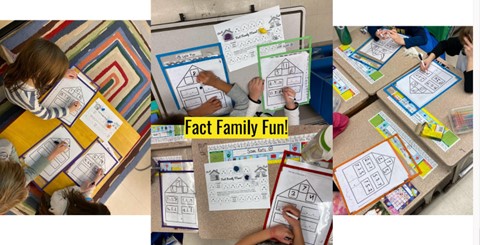
Fact Family Maze is a game that helps students create fact families for numbers up to 10. The game, created by Lauren Erdman, is suitable for students in grades K-5 and is designed to reinforce their understanding of fact families in an enjoyable way. The game also promotes social skills by encouraging turn-taking and fair play.
Game Objective & Instructions
To play Fact Family Maze, you will need the following materials: Fact Family Game Maze and Student Worksheet plastic paper sleeve and marker, 1 die, and 2 teddy bears or other manipulatives to serve as board game pieces. Here's how to play: The students will pair up with their math partner, with one assigned as Player 1 and the other as Player 2. They will place their teddy bears on the start house. Player 1 will roll the die and move their teddy bear the number of spaces indicated by the die. They will then solve the fact family they land on using the provided sleeve. Next, it will be Player 2's turn. If a student lands on the "create your own" space, they can use any three related numbers to create a fact family. The first player to reach the Finish house will win the game.
Play Fact Family Maze with your students and watch them have a blast challenging themselves to create their own fact families while demonstrating the ability to take turns and play nicely.
Figurative Language Review Game (Grades K-5)
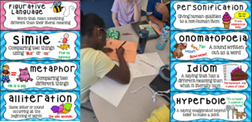
The Figurative Language Review Game developed by Emily Kayalo is a fun and engaging way to help students recall types of figurative language. The game covers topics that students learned about in previous lessons such as poetry structures, similes, metaphors, hyperbole, idioms, personification, onomatopoeia, alliteration, and themes.
Game Objective & Instructions
The game is designed for teams of students, and each team receives a different question with points they can earn (indicated in the corner). A timer is set, and teams read and answer the questions. If a group answers first and quietly raises their hands, they get double points for a correct answer. After the time is up, each group shares their answer and reasoning. If correct, the scorer records points, and the game proceeds to the next round. The bonus round is worth extra points, and all groups read the same short poem and answer the questions within the allotted minutes. Double points are earned for a correct answer if a group answers first and quietly. In addition to the game rules, here are some other expectations for student participants: every team member gets a chance to answer, stay quiet during answer reviews, and be kind, respectful, and have fun! Figurative Language Review Game is an excellent way to reinforce students' understanding of figurative language in an enjoyable way.
CVC Hopscotch

Teaching students to read consonant-vowel-consonant words (CVC) is important because it helps build foundational reading skills, introduces letter-sound correspondence, and supports phonics instruction. By mastering CVC words, students develop the necessary skills and confidence to progress in their reading journey. CVC hopscotch created by Rebecca Marcin is an educational and entertaining game designed to help students read CVC words with fluency. According to Rebecca, students enjoy the game and respond well to the movement involved.
Game Objective & Instructions
To play, teachers lay out a yoga mat with CVC words written in boxes like a hopscotch board, with only the endings of the words shown. Students roll a dice with single or blended letters on each side and walk through each box, building CVC words from the letters on the dice and the letters on the mat. There's no time limit, and the game doesn't have winners or losers. It's a review to check fluency with CVC words, and some letter combinations may produce nonsense words. Teachers can consider using it in small groups to keep the rest of the class occupied while some students participate
To make the game as inclusive for all students, non-speaking students can use AAC devices or various prompts can be given based on students' needs. Students can also choose their method of movement like walking or hopping.
If you’re considering following your dream of teaching, Rutgers Alternate Route can offer you the support and training you need to succeed. Be sure to follow Rutgers Alternate Route on Twitter or sign up for Alternate Route’s monthly newsletter for more information and stories from the field of education.

 DeMariah Woodard is an undergraduate student at Niagara University where she is a double major in Psychology and Criminal Justice. She supports content creation initiatives with Black Star Communications as a Digital Communications Intern for Summer 2023. Published works by DeMariah are completed in collaboration with the Rutgers Alternate Route Team and Black Star Communications.
DeMariah Woodard is an undergraduate student at Niagara University where she is a double major in Psychology and Criminal Justice. She supports content creation initiatives with Black Star Communications as a Digital Communications Intern for Summer 2023. Published works by DeMariah are completed in collaboration with the Rutgers Alternate Route Team and Black Star Communications.